Beyond the glittering façade of state palaces and the familiar grandeur of castles that draw millions of visitors each year, lies a secret geography of royal living. While the world may recognize Buckingham Palace as the monarch’s official London seat or Windsor Castle as a centuries-old stronghold, these iconic landmarks represent only a fraction of the vast, intricate network of properties that house Britain’s Royal Family.
But what about the places where genuine royal life unfolds, away from the ceremonial duties and public gaze? These are the lesser-known, often fiercely private residences that serve as true homes, tranquil retreats, and sites of deeply personal historical moments. They are the sanctuaries where princes propose, queens escape the limelight, and families seek a quiet normalcy amidst extraordinary lives.
Join us on a journey beyond the velvet ropes and guided tours, into the intriguing world of royal residences that remain resolutely off-limits to the public. We’ll delve into their unique stories, uncover their hidden significance, and appreciate the enduring wonder of these architectural curiosities, each a silent witness to generations of royal history and the quiet moments that shape a monarchy.
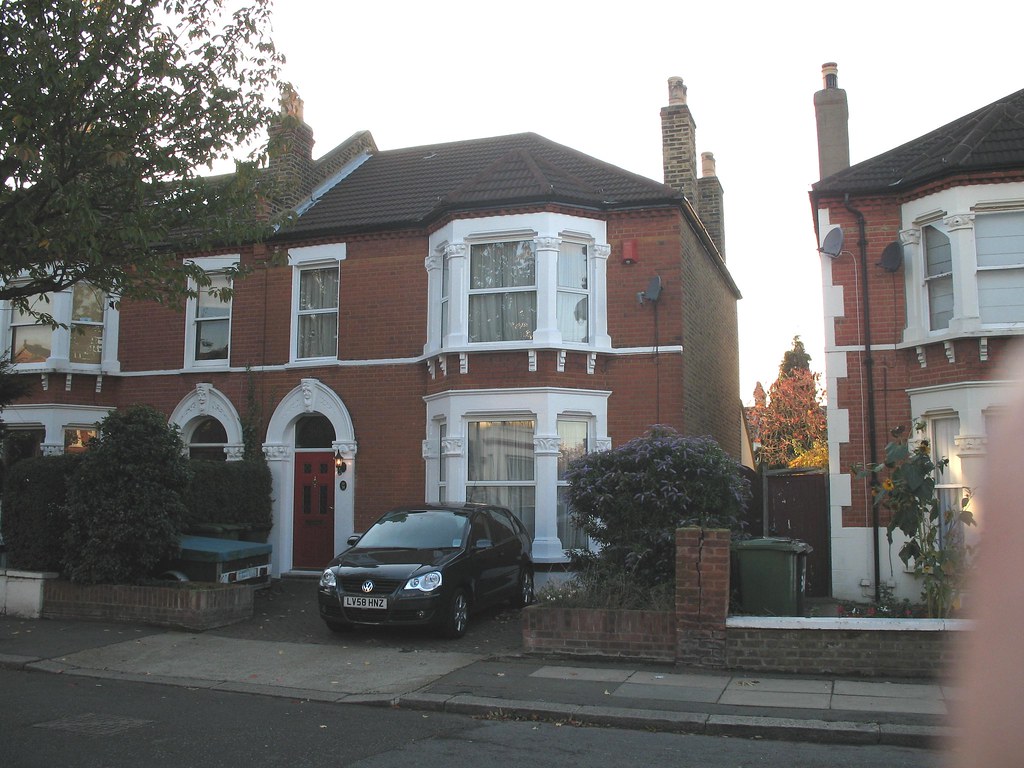
1. Birkhall: The King’s Secret Sanctuary and Honeymoon Haven
Nestled within the sprawling Balmoral Estate in the Scottish Highlands, often overshadowed by the larger castle, lies Birkhall, a relatively modest lodge house. This secluded property is not merely another royal dwelling; it is, in the words of experts, King Charles’s most cherished retreat. Here, amidst the serene beauty of Aberdeenshire, the monarch finds a profound sense of peace and privacy, away from the relentless demands of his public life.
Birkhall’s charm extends far beyond its current inhabitant, cementing its reputation as the Royal Family’s unofficial “Honeymoon home.” It was within these very walls that King Charles proposed to Queen Camilla in 2005, an event that Camilla famously described by saying, “I’m just coming down to earth,” while showing her engagement ring. Even before that, a truly significant moment in royal romance occurred when Prince William, on a weekend visit, spoke to Kate’s father, Michael Middleton, to ask for his permission to marry his daughter—a move he made “before he asked Charles!” The late Queen Elizabeth and Prince Philip also enjoyed their first weeks as newlyweds in the seclusion of this stunning Scottish countryside retreat, a tradition followed by other royal couples like the Duke and Duchess of Kent, and Sophie and Edward.
Initially purchased by Prince Albert, Birkhall was intended for his eldest son, Prince Edward. However, Edward’s disinterest led to the lodge being used more akin to a “Victorian Airbnb,” as one documentary put it. Its fortunes changed significantly in the 1950s when the Queen Mother took over, adding an extensive wing to accommodate multiple guests. After her passing in 2002, Charles inherited the property, meticulously imbuing it with his personal touch while carefully preserving poignant tributes to his beloved grandmother, with whom he shared a deeply close bond. It truly is, as a pundit noted, the closest thing to a “marital home” for the King and Queen Consort.

2. Kensington Palace’s Private Apartments: An Upmarket Royal Estate
Kensington Palace itself is a monumental structure, a grand London landmark with public exhibition spaces that chronicle its rich history. Yet, beneath the veneer of its historical displays and well-manicured gardens, it functions as something far more intimate and intriguing: an “upmarket housing estate for the British Royal Family.” This designation highlights its role not as a single grand residence, but as a collection of numerous private homes, each housing different members of the royal clan and their staff.
Former BBC Royal correspondent Jennie Bond aptly described residing here as “living in an extremely posh apartment block,” a vivid illustration of its unique residential character. This is a bustling community, a microcosm of royal life hidden within plain sight. The very walls of Kensington Palace not only house a living royal family but also echo with the stories of those who have sustained it; an exhibition titled ‘Untold Lives: A Palace at Work’ explores the dedicated lives of “courtiers and servants” who have tirelessly run royal palaces over the years, further cementing its identity as a dynamic, living entity.
This intricate arrangement means that while parts of Kensington Palace are accessible to the curious public, a significant portion of its sprawling layout remains strictly private, a collection of grace-and-favour apartments and leased properties. It offers a fascinating glimpse into how multiple generations of royals can coexist in close proximity within a historic setting, maintaining their individual domestic lives while remaining part of the larger institutional fabric. These hidden abodes are far removed from public access, ensuring a precious degree of privacy for their high-profile occupants.

3. Nottingham Cottage: A Cosy Corner in Kensington’s Heart
Within the extensive grounds of Kensington Palace, amidst its grander structures and bustling offices, lies Nottingham Cottage – a comparatively modest dwelling that has nonetheless hosted some of the most talked-about royal residents. This cosy, 1,300-square-foot cottage is far removed from the lavish scale often associated with royal living, offering a more intimate setting for royal couples. It famously served as the first London home for Meghan Markle and Prince Harry before their move to Windsor and eventual relocation to California, and is now home to Princess Eugenie, daughter of Prince Andrew, and her husband Jack Brooksbank, along with their sons.
Life in Nottingham Cottage, despite its royal inhabitants, presents surprisingly relatable challenges. Princess Eugenie once shared an amusing anecdote about the lengths she and Jack go to for a simple food delivery. On the ‘Table Manners’ podcast, she revealed that to receive a Deliveroo order, they must “ring down and we say ‘there’s a Deliveroo coming’ and then we’ll get in our pyjamas and drive down and pick it up.” This charming tale underscores the privacy measures in place, even for mundane tasks, and how the royal family navigates the unique blend of their public profile and private desires for everyday comforts.
Eugenie and her family currently split their time between this charming London bolthole and Portugal, where Jack is involved in marketing for a luxury property development. Nottingham Cottage serves as a vital private base for them when in the UK. This little cottage, with its white picket fence and pretty foliage, stands as a testament to the diverse range of royal residences – from sprawling estates to quaint, private hideaways – each offering a unique chapter in the ongoing narrative of the British Royal Family, all kept firmly away from the general public’s touring routes.
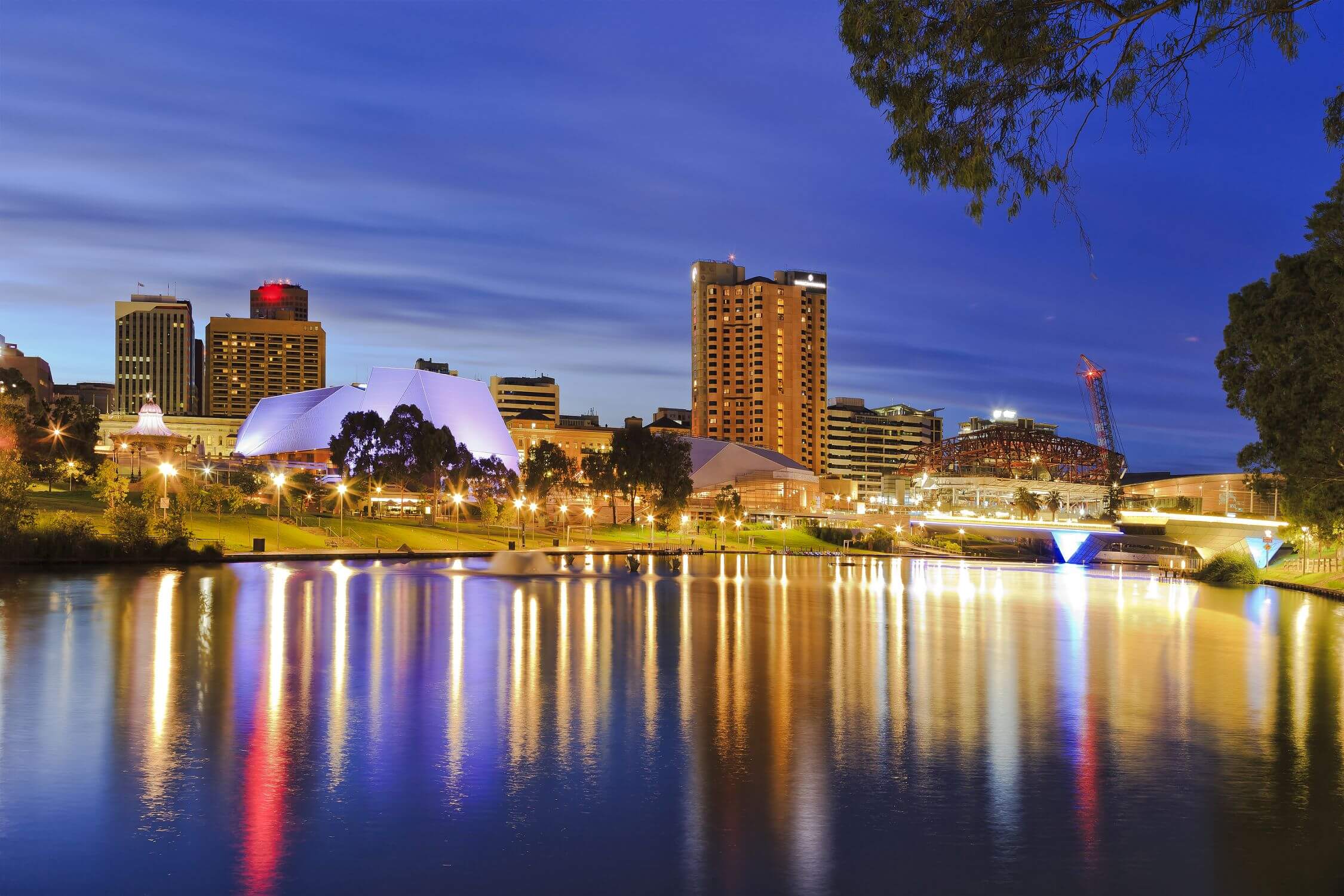
4. Adelaide Cottage: A New Chapter in Royal Privacy at Windsor
Tucked away within the verdant expanse of the Windsor Estate, mere moments from the grandeur of Windsor Castle, stands Adelaide Cottage. This elegant, yet relatively understated, Crown-owned property has recently taken on immense significance as the primary residence of the Prince and Princess of Wales, William and Catherine, and their three children. Their move to Adelaide Cottage in the summer of 2022 marked a pivotal moment in their family life, signaling a desire for a different kind of existence.
The decision to uproot from their well-established home in Kensington Palace was driven by a powerful yearning to escape the incessant glare of the London “goldfish bowl.” This strategic relocation to the more secluded Windsor Home Park was made with the clear intention of creating a greater degree of privacy for their children, allowing them a childhood less exposed to constant public scrutiny. Adelaide Cottage provides a quieter, more rural backdrop for their family life, aligning with their evolving priorities as future monarchs.
While Adelaide Cottage is Crown property, its use as a deeply private family home means it is entirely off-limits to visitors. It symbolizes a conscious choice by the future King and Queen to cultivate a secure and nurturing environment for their family, far from the public fascination that typically surrounds royal residences. This retreat underscores the delicate balance between royal duty and the fundamental need for personal space, making Adelaide Cottage a fascinating, yet unseen, heart of their private world.

5. Anmer Hall: The Norfolk Sanctuary and Royal Wedding Gift
Situated on the vast and private Sandringham Estate in Norfolk, Anmer Hall holds a special place in the affections of the Prince and Princess of Wales. This impressive country house is more than just a residence; it was a deeply personal wedding gift from the late Queen Elizabeth II to Prince William and Catherine, signifying its profound importance within their family life. It has served as a cherished home, particularly during significant periods when they sought refuge and seclusion from their official duties.
Anmer Hall offers a stark contrast to the urbanity of their former Kensington Palace apartment, providing a rural idyll where their children can grow up surrounded by nature and privacy. Its location within the greater Sandringham Estate, a private property of the monarch, ensures a high degree of discretion and security. This allows the family to enjoy holidays, downtime, and everyday life away from the lenses of the paparazzi and the curious eyes of the public, making it a true sanctuary.
The selection of Anmer Hall as a wedding gift and its continued use as a family base illustrates the dual nature of modern royal life: public service intertwined with a profound need for private, personal space. It highlights the tradition of bestowing significant properties upon newly married royals, integrating them further into the fabric of the Royal Family’s extensive portfolio of homes, most of which remain, like Anmer Hall, firmly off-limits for public visitation, known only through carefully curated glimpses and reported stories.
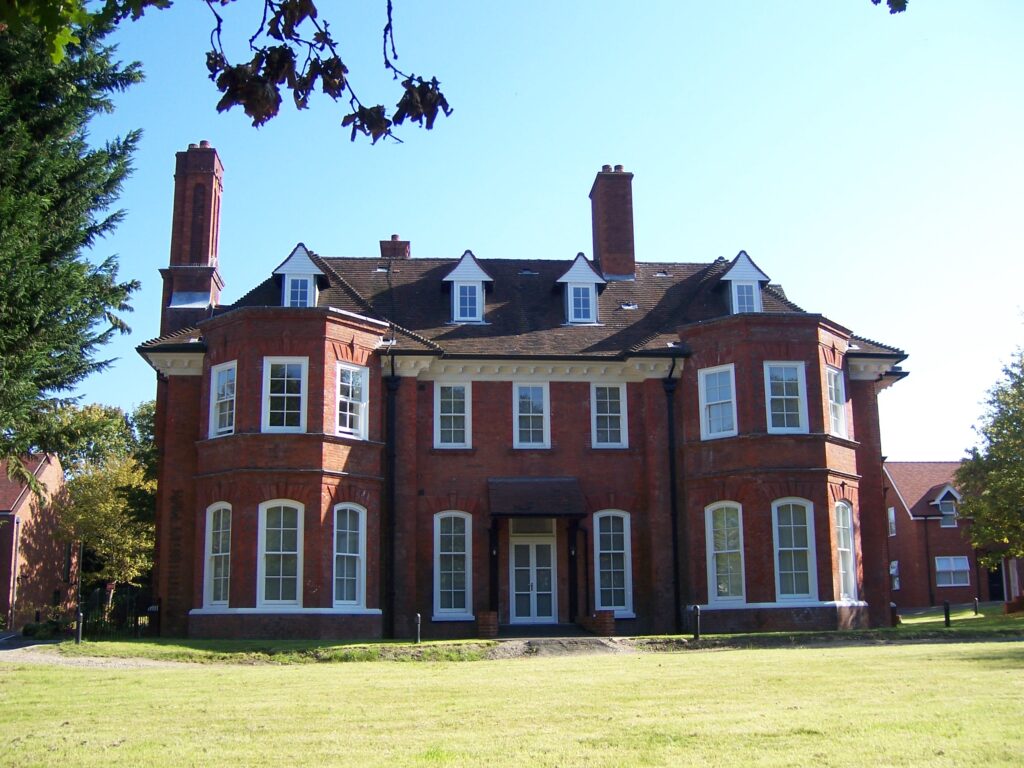
6. Highgrove House: King Charles’s Enduring Country Passion
Highgrove House, nestled in the picturesque countryside of Gloucestershire, is more than just a residence; it is a testament to King Charles’s lifelong passion for organic farming, sustainable living, and classical architecture. For decades, it served as his much-loved private country home when he was Prince of Wales, a place where he cultivated extensive gardens and championed environmental principles long before they became mainstream concerns. It is deeply imbued with his personal philosophy and vision.
The ownership structure of Highgrove House is as unique as its history. It is a property of the Duchy of Cornwall, a vast private estate that traditionally provides income for the heir to the throne. Upon King Charles’s accession, control of the house, and indeed the entire Duchy, was transferred to his son, William, the current Prince of Wales. However, it continues to serve as a private residence for the King and Queen, illustrating the intricate web of property ownership within the Royal Family and the continuity of personal connections to these historic estates.
Highgrove House stands as a profoundly personal haven for the monarch, a private retreat meticulously shaped by his hands and heart over many years. It remains strictly off-limits to the general public, accessible only through very specific, limited charity events, but never as a tourist attraction for general exploration. This enduring privacy allows it to fulfill its role as a tranquil base, a place of contemplation and renewal for the King, firmly anchoring him to the rural landscapes he has so passionately championed for decades.
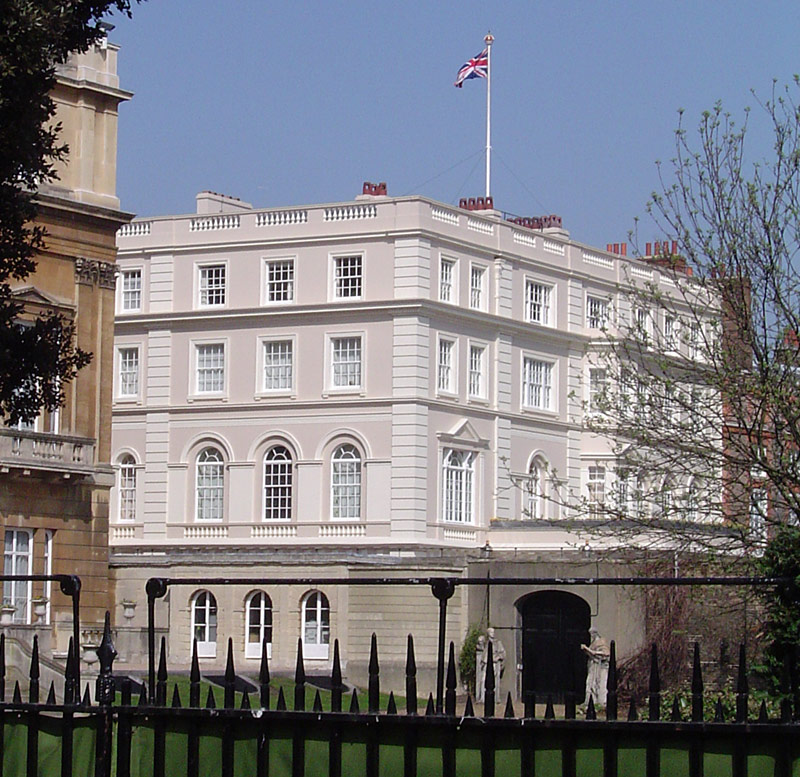
7. Clarence House: A London Legacy of Comfort and Continuity
Beyond the grand ceremonial presence of Buckingham Palace, London holds another significant, yet far more intimate, royal dwelling: Clarence House. This elegant residence, distinct from the sprawling official seat, serves as the current London home for King Charles and Queen Camilla. For many years, it was famously the home of the Queen Mother, imbuing it with a deep sense of family history and continuity, a tangible link to previous generations of the monarchy who have found comfort within its walls.
The architectural charm of Clarence House lies in its Georgian elegance, offering a more residential and less overtly ceremonial atmosphere compared to Buckingham Palace. While the larger palace is primarily utilized for official business and grand state occasions, Clarence House provides the King and Queen with a personal and comfortable base in the capital. It represents a living connection to the past, a place where the rhythms of royal family life unfold away from the public gaze, a true oasis of domesticity amidst the bustling London landscape.
Indeed, the very walls of Clarence House seem to whisper tales of royal history, from the Queen Mother’s long and beloved tenure, a period during which she entertained extensively and famously hosted many private family gatherings, to its current role as the monarch’s private London abode. This historical residency gives the house a unique character, blending public service with deeply personal attachments. It’s a testament to how even within the heart of the monarchy, there exists a profound need for places that feel like genuine homes.
Its status as a ‘grace and favour’ property, though officially listed as such for the King and Queen’s current London residence, distinguishes it from privately owned estates. This classification hints at the subtle complexities of royal property management, where historical significance and practical living intertwine. Clarence House, therefore, remains a fascinating, largely unseen, chapter in the architectural story of the British monarchy, offering its occupants a rare blend of heritage, homely comfort, and essential privacy right in the heart of London.
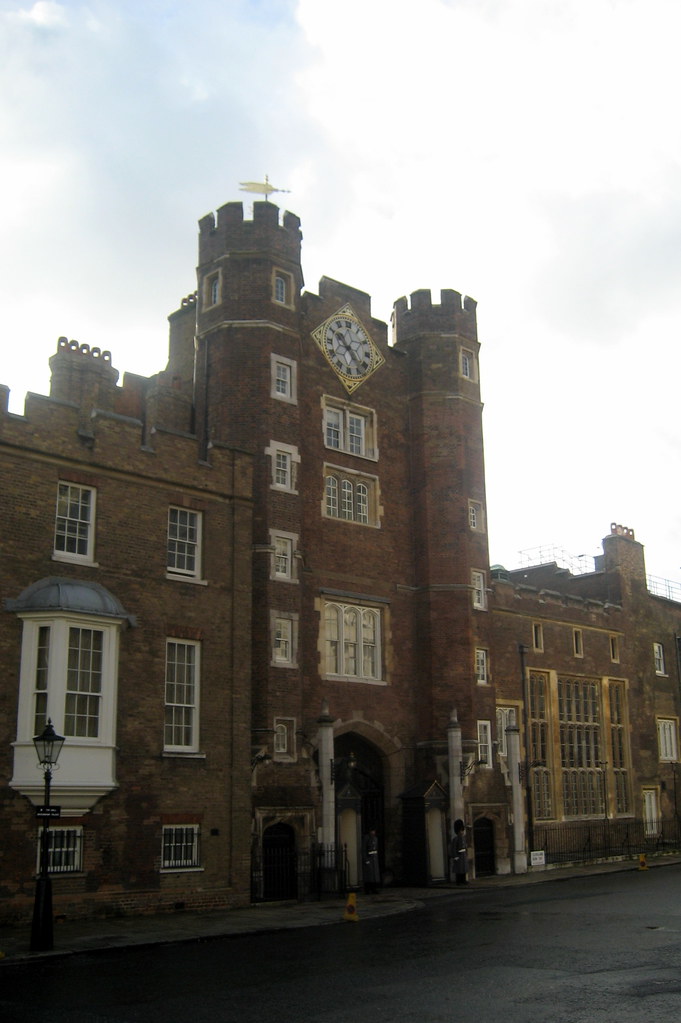
8. St James’s Palace Apartments: A Historic Cluster of Royal Homes
Stepping into the ancient precincts of St James’s Palace is to enter a living museum, a testament to centuries of royal heritage. Yet, beyond its ceremonial grandeur and iconic red-brick façade, this historical London landmark discreetly houses several members of the Royal Family within its venerable walls. Far from being a single, imposing residence, St James’s Palace functions as a remarkable collection of ‘grace and favour’ apartments, providing homes for figures like The Princess Royal, The Duke and Duchess of Edinburgh, Princess Alexandra, The Honourable Lady Ogilvy, and even Princess Beatrice and Edoardo Mapelli Mozzi.
This intricate arrangement transforms the palace into a unique residential community, a vibrant, if private, microcosm of royal life. It’s a place where royal duties might begin or end, but also where family life quietly unfolds in apartments steeped in history. Each residence within the palace possesses its own character and story, contributing to the rich tapestry of narratives that the building itself holds, from state functions and diplomatic receptions to private family moments and everyday domestic routines.
The concept of ‘grace and favour’ housing at St James’s Palace is particularly intriguing, signifying that these residences are granted by the monarch to individuals in recognition of their service or status within the Royal Family. This system ensures that long-serving or close relatives have a secure base in London, often in properties that have housed royalty for generations. It creates a sense of continuity and shared legacy, connecting current residents to a deep historical lineage.
Unlike the publicly accessible sections of other palaces, these private apartments are firmly shielded from public view, ensuring the necessary privacy for their high-profile inhabitants. They represent a fascinating intersection of public institution and private domesticity, embodying the continuous evolution of how the Royal Family inhabits and utilizes its historic properties. St James’s Palace, in its residential capacity, offers a glimpse into a less-publicized aspect of royal living—one focused on tradition, community, and an enduring connection to London’s royal past, all without public intrusion.
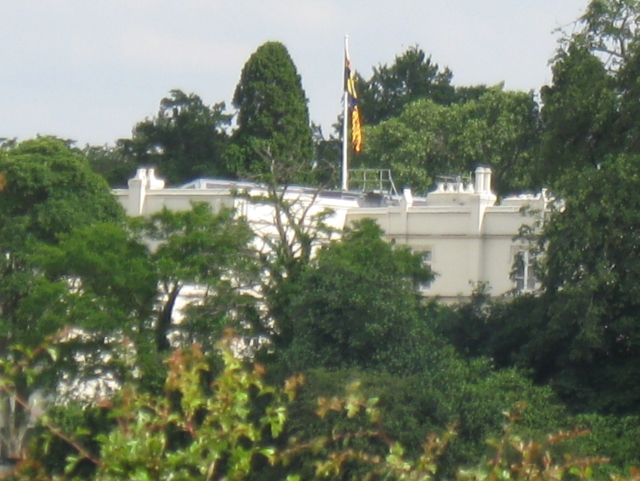
9. Royal Lodge: The Windsor Estate’s Enigmatic Retreat
Deep within the vast and historic Windsor Estate, often overshadowed by the formidable presence of Windsor Castle, lies Royal Lodge – a significant, yet highly private, residence that has witnessed its own share of royal stories. Currently leased from the Crown Estate by Prince Andrew, the Duke of York, this substantial property is far more than a mere dwelling; it is a sprawling, secluded haven offering considerable privacy and expansive grounds for its occupants, ensuring a rare degree of personal space.
The Lodge’s history is as rich and layered as the estate it inhabits, making it an architectural curiosity in its own right. Over the centuries, it has served various royal purposes, evolving from a small cottage to the grand residence it is today, often reflecting the personal tastes and needs of its royal tenants. Its current status as a leased property from the Crown Estate underscores the unique and varied ownership structures within the Royal Family’s portfolio, showcasing how distinct financial arrangements govern access to these historical buildings.
This arrangement allows certain members of the family to maintain a distinct, private living situation, separate from the direct official residences, while still being inextricably linked to the wider royal holdings. The lease ensures a long-term connection to a significant royal property, allowing for personal investment in its upkeep and gardens, which for a royal family member can be a crucial aspect of establishing a true home amidst public life.
Royal Lodge remains resolutely off-limits to the general public, its extensive grounds and stately façade known primarily through limited official photographs and reported accounts. This unwavering privacy ensures that the residence can function as a genuine home for its royal occupants, a place where personal life can be conducted away from the constant public gaze, providing a much-needed sanctuary. It stands as a testament to the enduring quest for seclusion within royal circles, offering a quiet, grand backdrop for a life lived largely out of the spotlight and away from the tour buses.
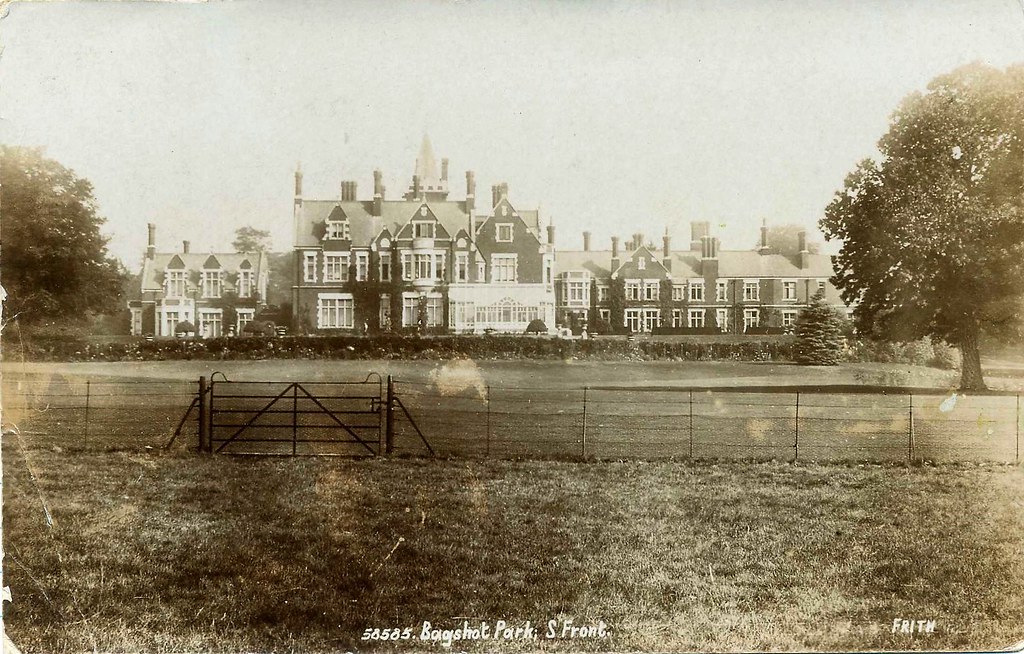
10. Bagshot Park: The Duke and Duchess of Edinburgh’s Country Home
Nestled in Bagshot, England, Bagshot Park stands as the cherished country residence of The Duke and Duchess of Edinburgh, Prince Edward and Sophie. This grand Victorian-era mansion, set amidst extensive parkland, represents a substantial and deeply personal home for this branch of the Royal Family. Unlike some of the ‘grace and favour’ apartments found within palaces, Bagshot Park is a significant private dwelling, providing a stable, spacious, and wholly customized environment for the couple and their children.
The estate itself boasts a fascinating history, with the current mansion having been built in the late 19th century, replacing an earlier lodge. Its impressive scale and architectural distinctiveness reflect the tastes of its era, now harmoniously adapted to the needs of a modern royal family. The very existence of such a property highlights the diverse living arrangements within the Royal Family, showcasing how various members establish their own domestic bases away from the more centralized, state-owned palaces, often preferring the tranquility of a country setting.
Bagshot Park embodies the royal tradition of maintaining substantial country estates, offering a vital retreat from urban life and a setting conducive to family privacy and the pursuit of personal interests, particularly with growing children. The extensive grounds provide ample space for outdoor activities and a shield against unwanted intrusion, allowing the family a sense of normalcy that is often elusive in their public roles. It is here that their family life can unfold with a measure of peace and quiet.
Its private nature means that Bagshot Park, much like many of the exclusive properties we have explored, remains a world apart for the general public. While its exterior is undoubtedly impressive and its history rich, its interior life and everyday functions are carefully guarded, underscoring its role as a true family home rather than a public spectacle. It contributes to the fascinating patchwork of royal residences, each with its own story, its own secrets, and its own unique place in the narrative of the British monarchy, securely out of sight.
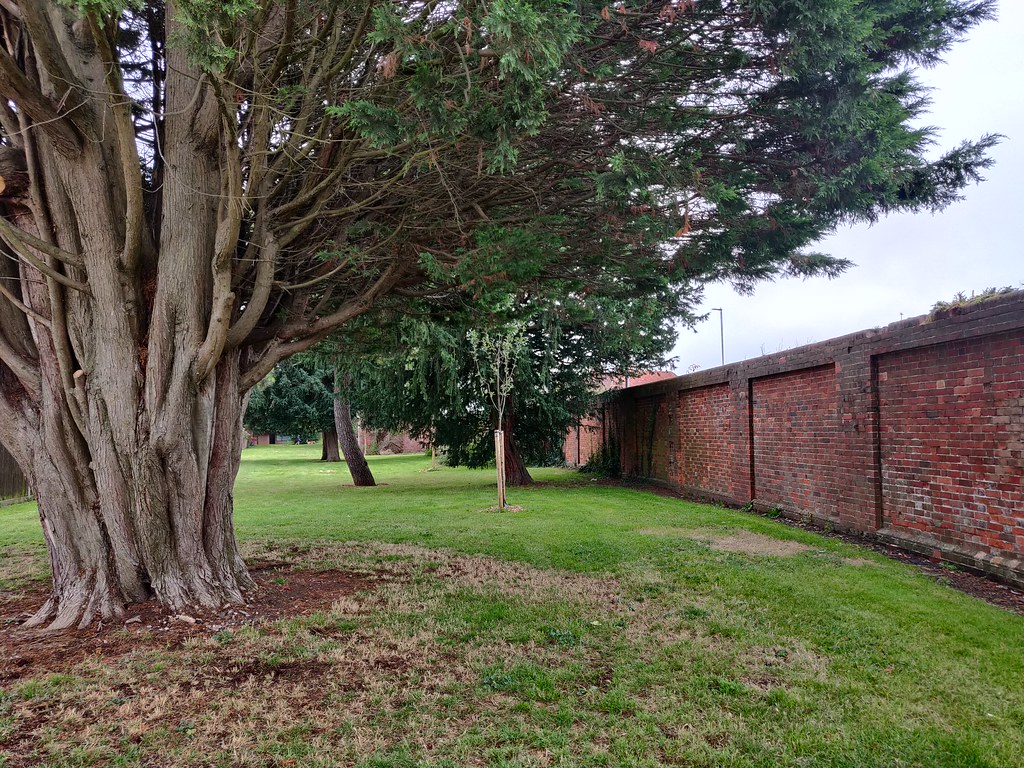
11. Gatcombe Park: The Princess Royal’s Privately Owned Equestrian Haven
In the picturesque Cotswolds countryside, near Minchinhampton, Gloucestershire, lies Gatcombe Park – a truly unique entry among royal residences, primarily because it is privately owned by The Princess Royal, Princess Anne. This substantial country estate serves not only as her principal residence but also as a vital hub for her passionate involvement in equestrian pursuits, famously hosting prestigious events like the Festival of British Eventing, transforming parts of its grounds into a bustling, yet controlled, arena.
The fact that Gatcombe Park is a private acquisition, rather than a Crown or Duchy property, sets it apart from many other royal homes, offering Princess Anne an unparalleled degree of autonomy and control over her home life and estate management. This personal ownership reflects a different facet of royal living, where some members of the family choose to invest in and manage their own estates, shaping them according to their individual tastes and passions, far from the institutional oversight that comes with other royal properties.
This independent ownership has allowed Princess Anne to develop Gatcombe Park into a working estate that perfectly aligns with her lifelong commitment to horsemanship and country life. It stands as a testament to her practical and down-to-earth approach, where the land is not merely a backdrop for grand living but an active component of her daily existence and public engagement, albeit in a specialist field. The estate is a reflection of her unique royal persona.
Gatcombe Park embodies a practical, hands-on approach to royal living, deeply connected to the land and to the Princess Royal’s dedication to equestrian sports. While parts of the estate open to the public for specific, ticketed events, the private residence itself remains a secluded sanctuary, a testament to a royal who has carved out a distinctive, self-sufficient life on her own terms. It offers a glimpse into a more grounded, yet equally protected, side of the British Royal Family’s residential landscape, firmly away from the constant scrutiny of general public curiosity and open tours.

12. Tam-Na-Ghar: William’s Inherited Balmoral Retreat
Deep within the revered Balmoral Estate in the Scottish Highlands, a lesser-known gem exists in the form of Tam-Na-Ghar. This relatively modest property, tucked away amidst the dramatic landscapes, was inherited by Prince William shortly before his beloved great-grandmother’s passing. It offers a quiet, private sanctuary for the Prince and Princess of Wales within the larger family estate, a place for genuine seclusion and uninterrupted family time.
The history of Tam-Na-Ghar ties directly back to the Queen Mother, further imbuing it with a sense of intimate family legacy and continuity. It is a place that holds generations of royal memories, passed down through the family, providing a direct link to the personal history of the monarchy. For Prince William, this inheritance means a personal connection to his heritage and a place of quiet retreat in a region that has long been cherished by the Royal Family.
Tam-Na-Ghar provides the royal couple with an additional, discreet bolthole in Scotland, distinct from the more prominent Balmoral Castle or even Birkhall, which served as a honeymoon haven for many. It speaks to the layered nature of royal property, where even within a single estate, multiple residences cater to different needs and generations, ensuring a varied array of private spaces away from the public gaze, allowing each royal household its own specific retreat.
Like so many of these unique royal dwellings, Tam-Na-Ghar remains firmly off-limits to the public, known only through its mention in royal accounts and property listings. It serves as a powerful reminder that even the most famous of families require spaces where they can simply “be,” away from the constant demands of their roles and the public eye. This small, inherited home within the vast Balmoral Estate is a testament to the enduring appeal of Scottish seclusion for the Royal Family, providing a cherished, unseen backdrop to their private lives and a quiet haven for the future King.
Our journey through these hidden royal residences reveals a profound truth: behind the grand palaces and ceremonial duties lies a meticulously preserved world of private homes, each a sanctuary, a testament to history, and a witness to untold personal moments. From the comforting continuity of Clarence House in London to the deeply personal, equestrian haven of Gatcombe Park in the Cotswolds, and the secluded Balmoral retreats like Tam-Na-Ghar, these off-limits dwellings are more than just buildings. They are the quiet heartbeats of a living monarchy, offering a fascinating glimpse into the less-seen lives of Britain’s Royal Family, inspiring wonder and a deeper appreciation for their unique blend of public duty and private existence, forever shrouded in a captivating allure.



